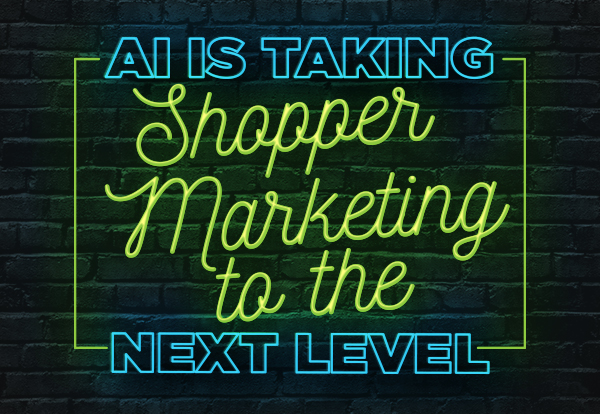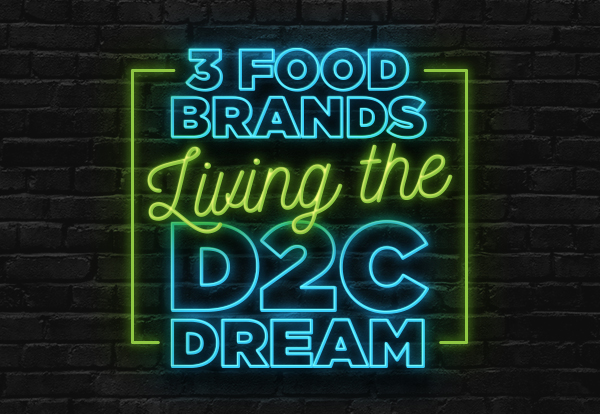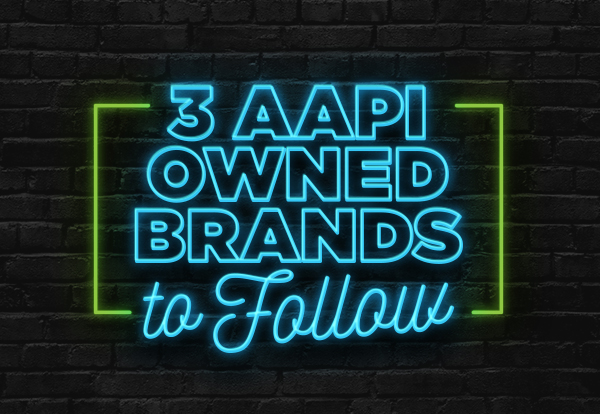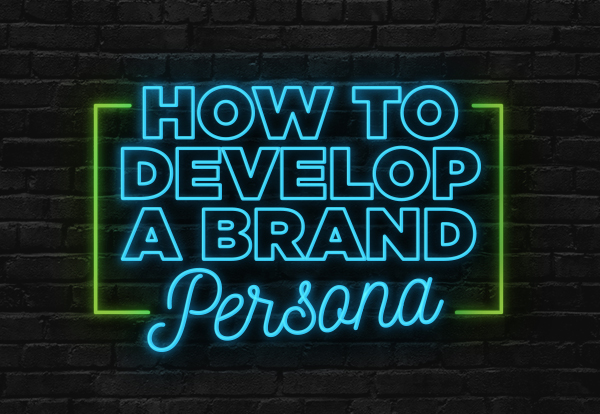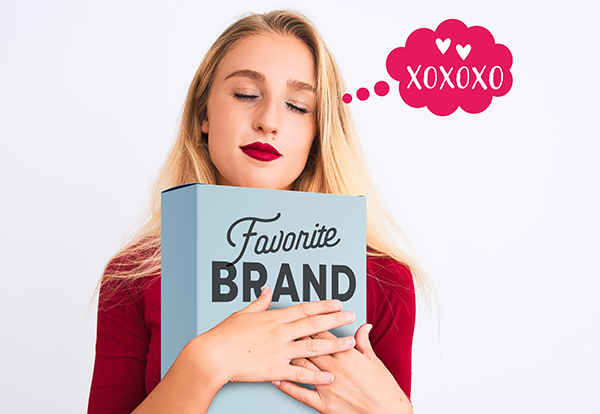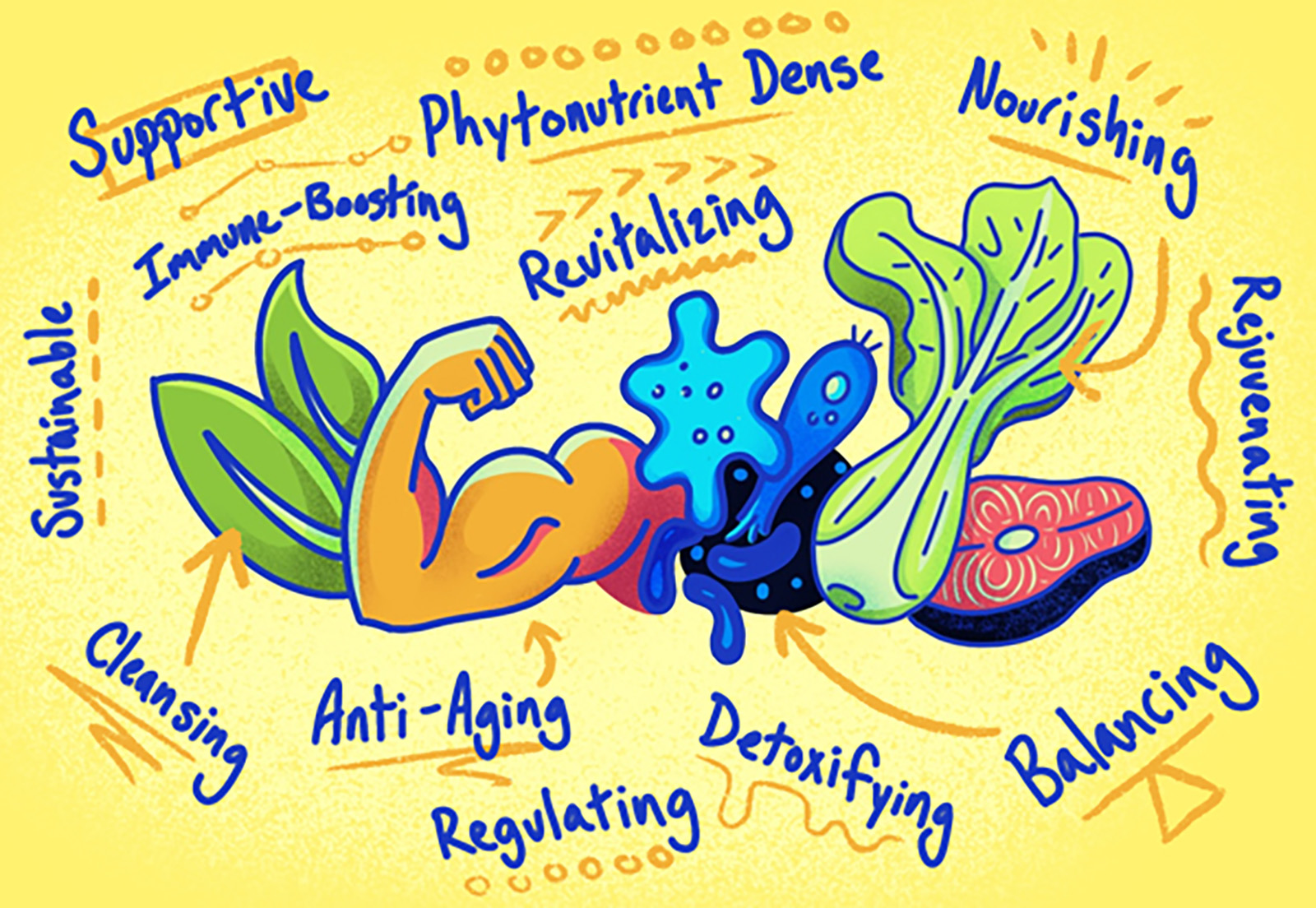Two of the hottest topics in food marketing are Shopper Marketing apps and the emergence of Artificial Intelligence. The conversation really gets interesting when these two topics collide, and we start to understand how AI can supercharge these apps to the benefit of the consumer, the supplier, and the platform.
Blog
Job Position
We’re always excited to connect with passionate, talented individuals who are interested in joining our team—even if we don’t have a specific role open at the moment. By submitting your application, you’ll be added to our talent community, and we’ll reach out when an opportunity aligns with your skills and interests.
3 Food Brands Living the D2C Dream
In an era when social platforms have their own in-app shopping functions and affordable skynet-tier algorithms to target the masses, the direct-to-consumer model (D2C) is having a bonafide moment. More and more brands are prioritizing a robust ecommerce strategy, and much to the chagrin of the middleman wholesalers and retailers, it’s working.
3 AAPI-Owned Brands To Follow
May is AAPI Heritage Month—a celebration of Asians and Pacific Islanders in the United States. With the month winding down, we want to spotlight some of our favorite AAPI-owned food brands. As a member of the AAPI community who works in digital advertising, I’m always searching for thought leaders and brands that find unique ways to incorporate their culture and share it with others. Here are three small business food brands doing just that!
How To Develop A Brand Persona
Who are you? Who are your consumers? What’s your history? Your product? Your values? Your distinction? Identity is the bedrock of any brand. It’s marketing 101, baby. Netflix. Apple. Nike. The most iconic brands know who they are. They know their workers and customers alike. They own a unique aesthetic and sell more than just a good or service—they sell a lifestyle to aspire toward. Capturing that essence is rare for a range of reasons. A common one is that many companies have a disjointed idea of who they are. The CEO might see the brand differently from the sales team, who may see it differently from customer service. The identity has to be unified from within through policies, practices, and messaging—it’s who a company hires, how they treat their workers, what their offices look like, and how they give back. Brands often hire consultants or agencies to help guide this process that culminates in a unified front.
“I pledge to be faithful to your brand…” said no consumer ever.
You hear a lot these days about how consumers are no longer loyal when it comes to CPG food and beverage brands; that they quickly trade-off for private label or newer, emerging brands. And this is quite true. But I’d like to suggest that “brand loyalty” is largely a myth fabricated by overzealous marketers. One of the many snake oil sales tactics in this business.
Is Your Food Brand Functioning?
Functional foods. We’ve all heard the term. We know that in the past functional foods were considered to be foods that had a potentially positive effect on health beyond their basic nutritional value. For instance, oatmeal contains soluble fiber that can help lower cholesterol. Or salmon is an excellent functional food because the omega-3 fatty acids can reportedly decrease the risk of heart disease.
But today, functional foods mean so much more to both consumers and brands.
Clean Up Your Act
When I was a teenager, my dad would say, son “clean up your act.” Basically, he was telling me to get the crap out of my life that was dragging me down. And, today, for food brands, I would say the same thing…you need to “clean up your act.”
The bottom line is that we live in a new era of food. Consumers simply expect more from the food brands they buy. The bar is higher than it was 10-15 years ago. Even “clean label” has been taken to an entirely new level; real ingredients, nutrition, functional benefits, claims, certifications, sustainability, and on and on.


